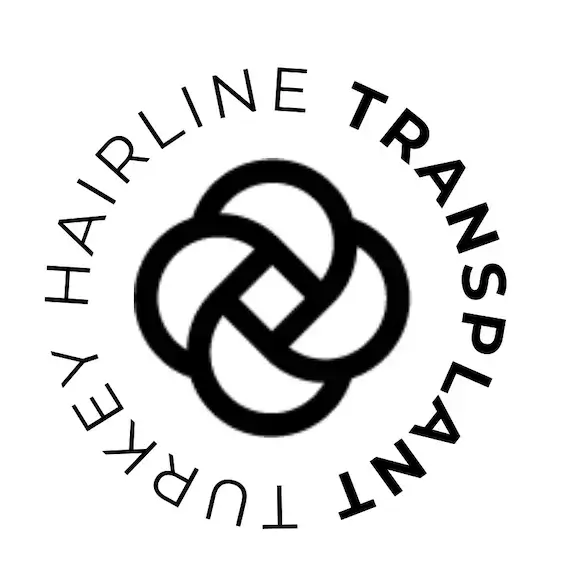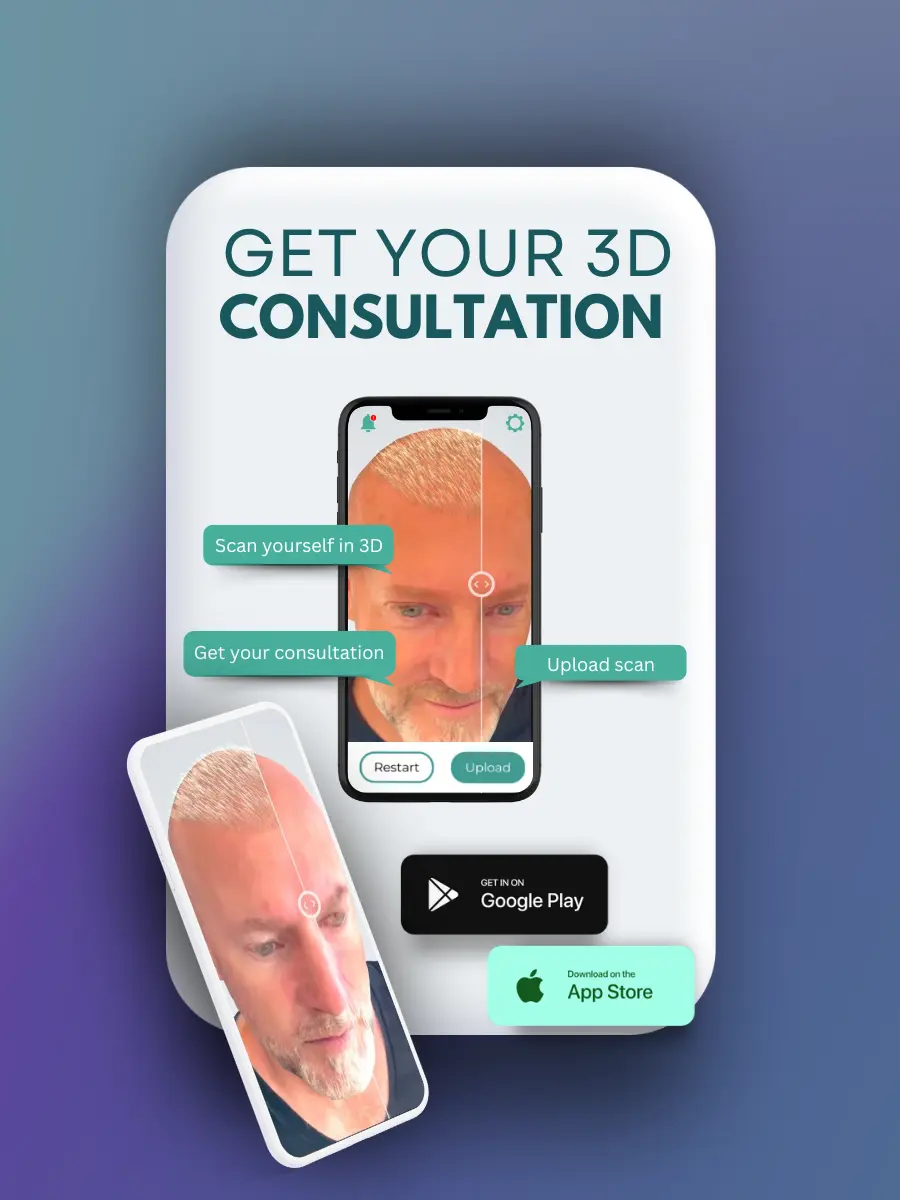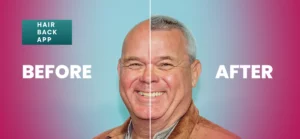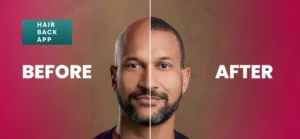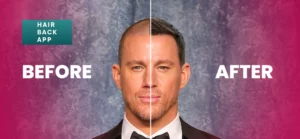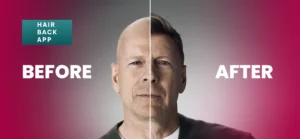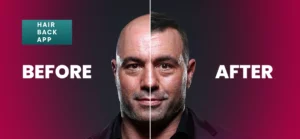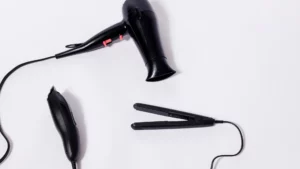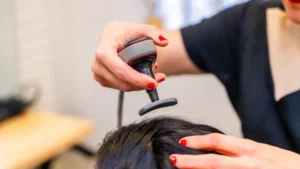Eyebrow hair transplant is becoming increasingly popular for those looking to enhance or restore their eyebrows. Whether due to overplucking, genetics, medical conditions, or accidents, thin or missing eyebrows can affect confidence and facial aesthetics.
Thankfully, modern hair restoration techniques have made it possible to achieve natural-looking, fuller eyebrows through transplantation.
If you’re considering an eyebrow hair transplant, this guide will walk you through everything you need to know
How Eyebrow Hair Transplant Works
An eyebrow hair transplant is a specialized procedure where hair is taken from a donor area, typically the back of the scalp, and implanted into the eyebrow region. Unlike eyebrow tattooing or microblading, which only create the illusion of fuller brows, this procedure provides actual hair growth.
The Procedure Step by Step
- Consultation and Planning:
A specialist evaluates your facial structure, discusses your goals, and designs an eyebrow shape that complements your face. - Hair Extraction:
The surgeon extracts hair follicles from the donor area using either Follicular Unit Extraction (FUE) or Follicular Unit Transplantation (FUT). The extracted hair must be similar in texture to eyebrow hair for a natural look. - Graft Preparation:
Each follicular unit is prepared for transplantation, ensuring the right length and thickness. - Implantation:
Tiny incisions are made in the eyebrow area following the natural growth pattern. Each graft is meticulously placed to match the eyebrow’s natural angle and direction. - Healing and Growth:
Initial scabbing occurs, but healing typically takes a few weeks. The transplanted hairs may shed initially before new growth starts.
Who is a Good Candidate for an Eyebrow Hair Transplant?
Not everyone is an ideal candidate for an eyebrow hair transplant. The procedure is best suited for individuals who:
- Have naturally thin eyebrows due to genetics.
- Have lost eyebrow hair due to excessive plucking or waxing.
- Have experienced hair loss due to alopecia, trauma, or medical treatments like chemotherapy.
- Are in good health and have a sufficient donor hair supply.
People with conditions like alopecia areata or uncontrolled autoimmune diseases may not be suitable candidates, as the transplanted hair could be rejected by the body.
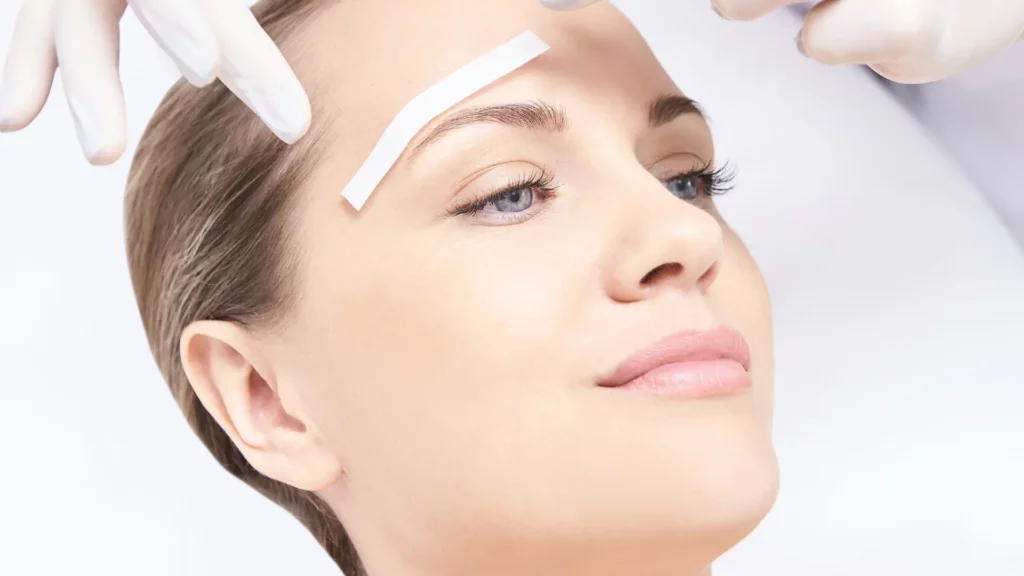
Choosing the Right Technique for an Eyebrow Hair Transplant
These are the main techniques used for an eyebrow hair transplant:
-
FUE (Follicular Unit Extraction)
This method involves extracting individual hair follicles from the donor area and implanting them into the eyebrow region. It’s a minimally invasive technique with a quick recovery period.
-
FUT (Follicular Unit Transplantation)
FUT involves removing a strip of hair-bearing skin from the scalp, dissecting it into grafts, and then implanting them into the eyebrows. While this method provides a high number of grafts, it can leave a small linear scar.
-
Direct Hair Implantation (DHI)
A more advanced technique, direct hair implantation, allows for precise placement of hair follicles without the need for incisions. This technique results in a more natural-looking outcome with minimal downtime.
Each technique has its pros and cons, and the best choice depends on your individual hair type, goals, and surgeon’s recommendation.
Eyebrow Hair Transplant vs. Microblading
Many people considering an eyebrow hair transplant also explore microblading as an alternative. Both options aim to enhance eyebrow fullness, but they differ significantly in technique, longevity, and overall results.
Microblading:
- A semi-permanent cosmetic tattooing method that uses pigment to mimic eyebrow hair.
- Creates the appearance of fuller brows without actual hair growth.
- Ideal for those seeking a quick, non-surgical solution.
- Typically lasts between 1 to 3 years before fading and requiring touch-ups.
- The pigment can change color over time, requiring regular maintenance.
- Does not provide natural movement or texture like real hair.
Eyebrow Hair Transplant:
- A surgical procedure that transplants real hair follicles from the scalp to the eyebrow region.
- Provides permanent, natural hair growth that blends seamlessly with existing brows.
- Hairs continue to grow, requiring occasional trimming to maintain shape.
- No fading or color changes like microblading.
- Minimal maintenance is needed once the healing process is complete.
- Higher initial cost but a lifelong solution compared to repeated microblading sessions.
While microblading is a convenient, short-term fix, an eyebrow hair transplant is a superior choice for those looking for a real, permanent, and natural-looking eyebrow enhancement.
The Recovery Process
After an eyebrow hair transplant, expect some redness and minor swelling for a few days. Tiny scabs will form around the implanted hairs but usually fall off within 7–10 days.
Recovery Timeline:
- First 7–10 Days: Scabs fall off, mild redness may remain.
- Weeks 2–4: Some transplanted hairs may shed (shock loss).
- Months 3–4: New hair growth begins.
- Month 6–12: Final results become noticeable.
To ensure the best outcome, follow aftercare instructions such as avoiding excessive sweating, touching the area, and exposure to direct sunlight.
Common Concerns and Potential Risks
While an eyebrow hair transplant is generally safe, there are some concerns to consider before undergoing the procedure. Being aware of these risks can help you prepare for the process and manage expectations.
- Hair Growth Pattern Differences: Transplanted hairs, often taken from the scalp, may grow longer than natural eyebrow hairs. Regular trimming is required to maintain a natural shape.
- Risk of Infection or Scarring: Proper post-procedure care is crucial to avoid complications. Choosing an experienced surgeon minimizes these risks, but improper aftercare can lead to infections or scarring.
- Uneven Growth or Patchiness: Some transplanted hairs may not take root, leading to sparse areas that might require a touch-up procedure for full, even density.
- Hair Transplant Failures: In rare cases, the transplanted follicles may not survive, affecting the overall results and possibly requiring a corrective procedure.
- Temporary Shedding (Shock Loss): Some transplanted hairs may fall out before new growth begins. This is a normal part of the healing process, but it can be concerning if unexpected.
- Redness, Swelling, or Itching: Mild irritation in the treated area is common in the first few weeks, but it typically subsides with proper care.
By choosing a skilled specialist and following post-transplant care instructions, you can significantly reduce risks and ensure the best, most natural-looking results.
Eyebrow Hair Transplant and Age
Many wonder if there is an ideal age for an eyebrow hair transplant. While there is no strict age limit, candidates should have stable hair loss patterns before undergoing the procedure. Young individuals with fluctuating hair loss may not be ideal candidates. Learn more about the effects of hair transplant and age to determine the best timing for the procedure.
Cost of an Eyebrow Hair Transplant
The cost of an eyebrow hair transplant varies depending on several factors, and understanding these can help you budget accordingly. Prices can range from $1,500 to $7,000, depending on the country and clinic you choose.
Key Factors That Influence Cost:
- Number of Grafts Needed: The more grafts required to achieve full, natural-looking eyebrows, the higher the cost. Some patients need only minor touch-ups, while others require extensive restoration.
- Surgeon’s Experience: Highly skilled and reputable surgeons charge more due to their expertise and success rates. Choosing an experienced specialist ensures better results and minimizes risks.
- Location of the Clinic: Prices vary by region. Countries like Turkey, India, Thailand, and Mexico offer more affordable procedures compared to the UK, USA, or Canada, where costs can be significantly higher.
- Technique Used: Procedures such as FUE (Follicular Unit Extraction), FUT (Follicular Unit Transplantation), and direct hair implantation differ in complexity and cost. DHI, being an advanced method, tends to be pricier.
- Clinic Reputation and Facilities: Well-established clinics with state-of-the-art technology and comprehensive post-care services may charge higher fees.
- Additional Services: Some clinics offer all-inclusive packages, covering accommodation, transportation, and aftercare, which can affect the overall price.
In Turkey, an eyebrow hair transplant typically costs between $1,500 and $3,500, making it a top destination for hair transplant tourism. Many people also travel to India, Thailand, and Mexico for affordable, high-quality procedures.
These countries offer advanced techniques, experienced surgeons, and cost-effective packages, often including accommodation and post-care services, making them attractive alternatives to pricier options elsewhere.
Final Thoughts on Eyebrow Hair Transplants
An eyebrow hair transplant is a permanent and natural-looking solution for those struggling with sparse or missing brows.
Unlike microblading, it restores real hair growth, offering long-lasting results. Choosing an experienced surgeon is essential to ensure proper hair placement, direction, and density for a natural appearance.
Understanding the recovery process and following aftercare instructions will enhance results. If you’re considering this procedure, consult a trusted specialist to determine if an eyebrow hair transplant is the right option for you.
